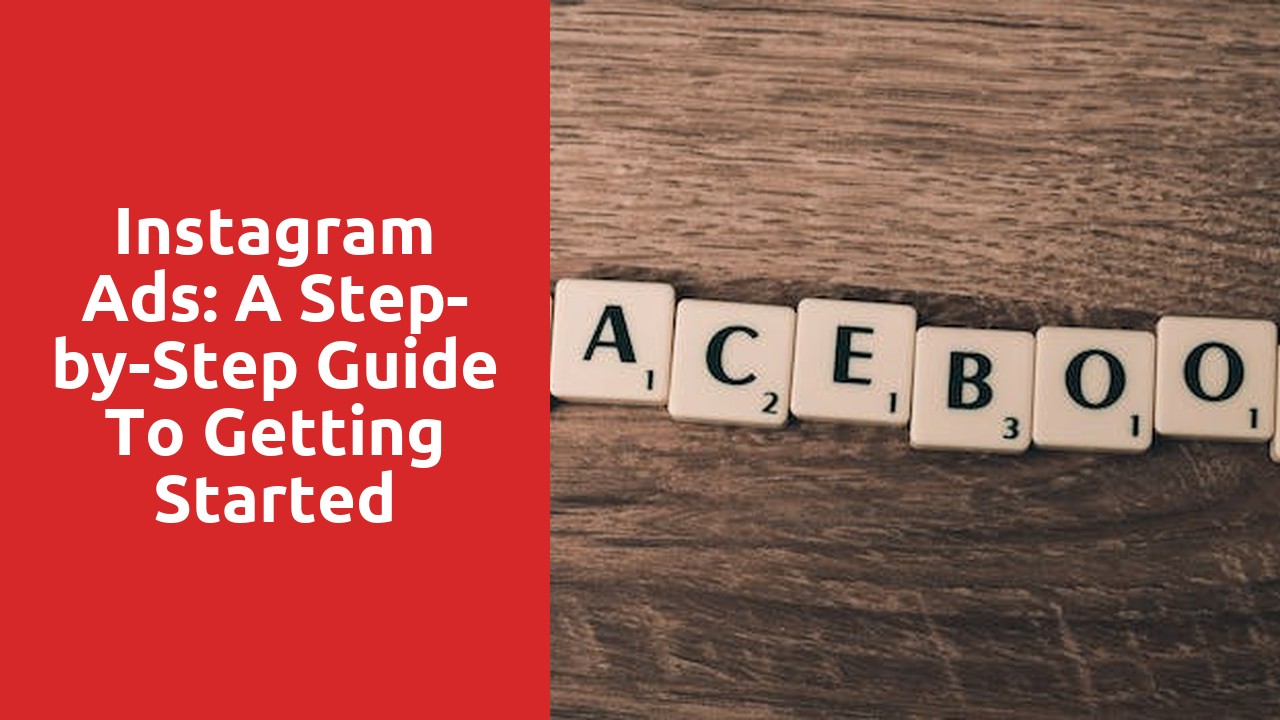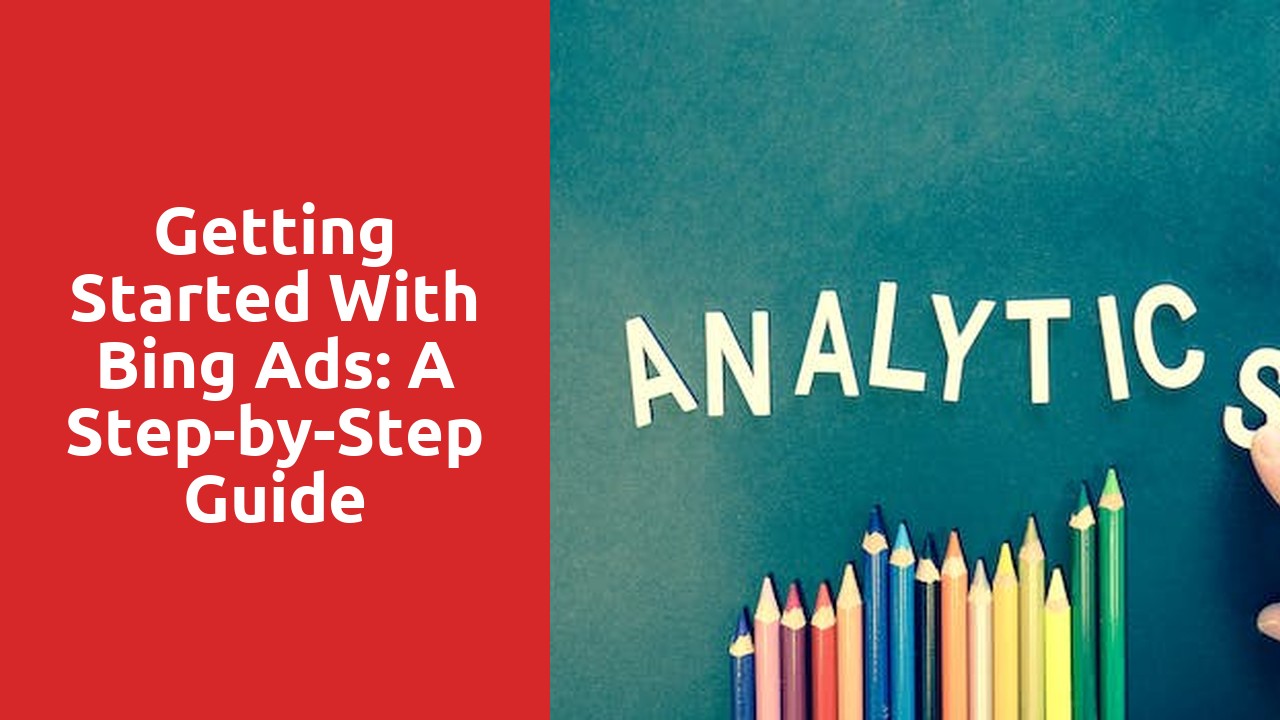Setting Up Your Bing Ads Account
Once you have made the decision to advertise your business on Bing Ads, the first step is to set up your account. Setting up your Bing Ads account is a simple process that can be done in just a few minutes. To begin, visit the Bing Ads website and click on the ‘Sign In’ button. If you already have a Microsoft account, you can log in using those credentials. If not, you will need to create a new account by clicking on the ‘Create Account’ button. Once you are logged in, you will be prompted to provide some basic information about your business, such as your name, email address, and phone number. Be sure to enter accurate information as this will be used to contact you about your account.
Next, you will need to choose a time zone and currency for your account. This is an important step as it determines how your ads will be scheduled and how your billing will be processed. Bing Ads allows you to select from a wide range of time zones and currencies to best suit your needs. Once you have made these selections, you will be asked to review and accept the Bing Ads terms and conditions. It is important to read through these terms carefully to ensure you understand your rights and responsibilities as an advertiser. Finally, you will need to provide billing information for your account. Bing Ads offers several payment options, including credit card, PayPal, and automatic bank transfer. Choose the option that works best for you and enter the required information to complete the setup process.
Understanding the Bing Ads Interface
The Bing Ads interface is a powerful tool that helps advertisers optimize their campaigns and reach their target audience effectively. With its user-friendly design and intuitive features, it allows users to easily manage their ads, track performance, and make data-driven decisions. One of the standout features of the Bing Ads interface is its robust reporting capabilities. Advertisers can access detailed insights and metrics to gain a deeper understanding of how their campaigns are performing. This valuable information enables them to fine-tune their strategies and maximize their advertising efforts.
Another key aspect of the Bing Ads interface is its customizable dashboard. Users can tailor their dashboard to display the specific metrics and data that matter most to them. Whether it’s click-through rates, conversion rates, or average cost per click, advertisers can easily monitor and analyze the performance of their campaigns in real-time. This hands-on approach empowers marketers to make informed decisions on-the-go and optimize their ad spend for maximum return on investment. With its powerful features and user-friendly interface, Bing Ads is a valuable tool for advertisers looking to drive results and grow their businesses.
Defining Your Advertising Goals
Defining Your Advertising Goals is essential for creating a successful marketing campaign. Before diving into the realm of advertisements, it is crucial to have a clear understanding of what you hope to achieve. Your goals will guide all aspects of your advertising strategy, from target audience selection to message creation and media choice.
When defining your advertising goals, clarity and specificity are key. Vague objectives such as “increase sales” or “improve brand awareness” won’t suffice. Instead, you need to ask yourself: what specific metrics are you aiming to improve? Are you looking to boost online conversions by a certain percentage? Do you want to increase foot traffic to your physical store? Are you focused on reaching a certain demographic or expanding into new markets? By identifying clear and measurable goals, you can develop a more focused and effective advertising plan.
Conducting Keyword Research for Bing Ads
Keyword research is an essential step in optimizing Bing Ads campaigns. By identifying relevant and high-performing keywords, advertisers can effectively reach their target audience and maximize their advertising ROI. To begin the process, it is important to brainstorm a list of potential keywords that are related to the products or services being promoted. This can be done by thinking about what terms potential customers may use when searching for similar products or services online. Additionally, using tools like the Bing Ads Keyword Planner can provide valuable insights into search volume, competition, and other relevant metrics to help refine the list of keywords.
Once a list of potential keywords has been generated, it is important to research their performance and relevance. Analyzing search volume and competition for each keyword can help prioritize which ones to focus on. In addition, evaluating how well each keyword aligns with the specific target audience and the overall campaign objectives is crucial. Considering the intent behind certain keywords can also be helpful in determining their relevance to the target audience. This can be achieved by analyzing the search engine results page (SERP) for each keyword to understand what type of content appears when that keyword is searched for. By conducting thorough keyword research and analysis, advertisers can effectively optimize their Bing Ads campaigns for maximum visibility and success.
Creating Your First Bing Ads Campaign
When it comes to creating your first Bing Ads campaign, there are a few key factors to consider. First and foremost, it’s important to understand your target audience and what keywords they are likely to search for. Researching and selecting the right keywords will help ensure that your ads reach the right people at the right time.
Once you have identified the keywords you want to target, it’s time to start crafting your ad copy. Your goal here is to grab the attention of your audience and entice them to click on your ad. Make sure to highlight the unique selling points of your product or service and include a strong call to action. Additionally, be mindful of the character limits for headlines and descriptions, as Bing Ads has specific guidelines that you need to adhere to. By following these steps and optimizing your campaign, you will be well on your way to reaching your target audience and achieving your advertising goals.
Targeting Your Audience with Bing Ads
Bing Ads has proven to be a valuable tool for businesses seeking to reach and engage their target audience. With its extensive network reach, Bing Ads allows advertisers to connect with users across multiple platforms and devices, ensuring maximum exposure for their brand. Moreover, Bing Ads offers a range of targeting options to help businesses optimize their campaigns and drive better results.
One key targeting feature of Bing Ads is its ability to target specific demographics. Advertisers can refine their audience by factors such as age, gender, and location, enabling them to focus their ads on the most relevant users. This ensures that every ad impression is seen by individuals who are more likely to be interested in their products or services. Additionally, Bing Ads allows advertisers to further hone their targeting by considering factors such as income level, marital status, and parental status. By leveraging this wealth of targeting options, businesses can increase the effectiveness of their ads and generate higher conversion rates.
In essence, Bing Ads empowers businesses to target their audience effectively and efficiently. By leveraging its extensive network reach and robust targeting capabilities, advertisers can ensure that their ads are seen by the right people at the right time. Whether it’s demographic targeting or other advanced options available, Bing Ads offers businesses the tools they need to better understand and connect with their target audience. As a result, businesses can expect higher engagement, increased brand visibility, and ultimately, improved business outcomes.













